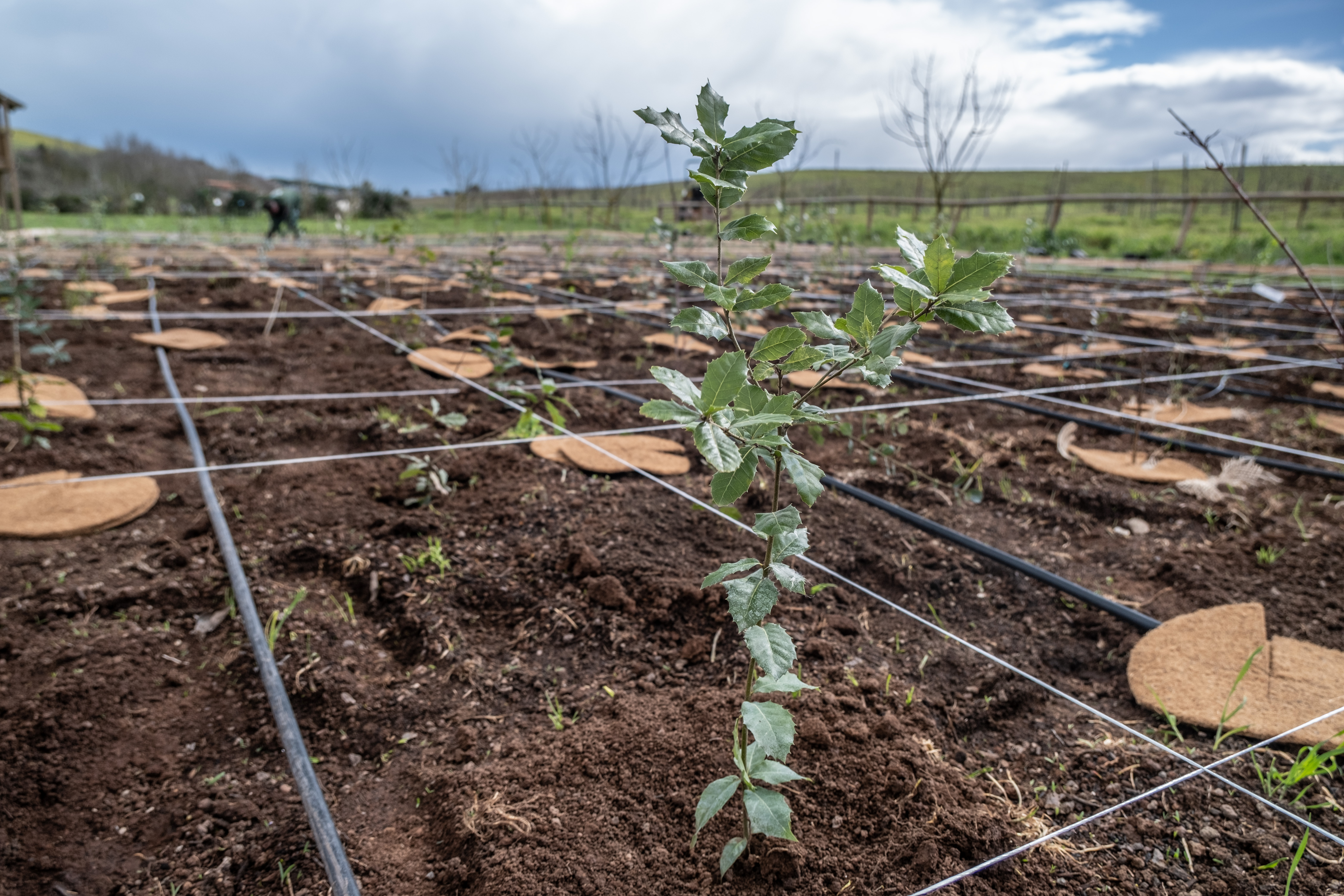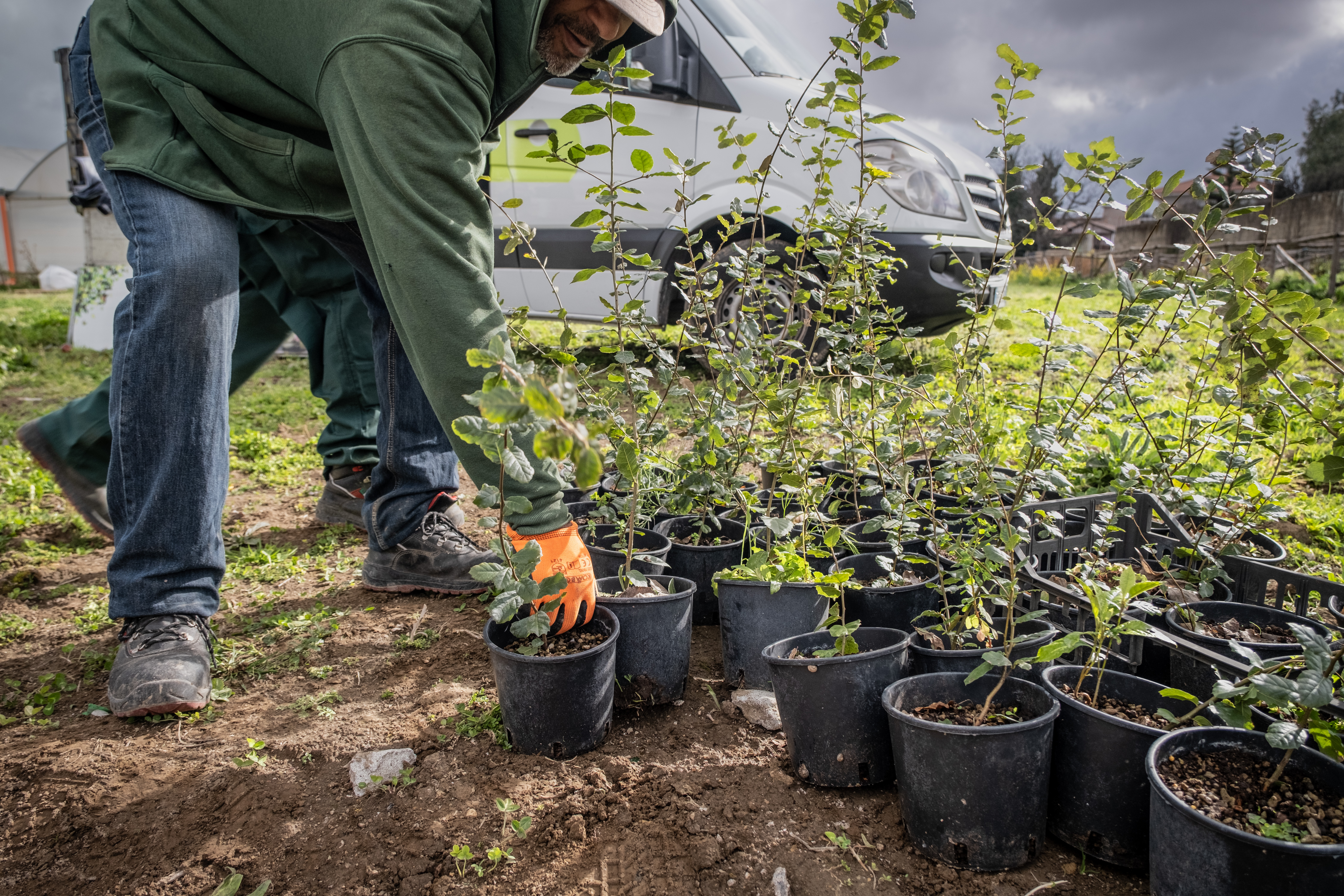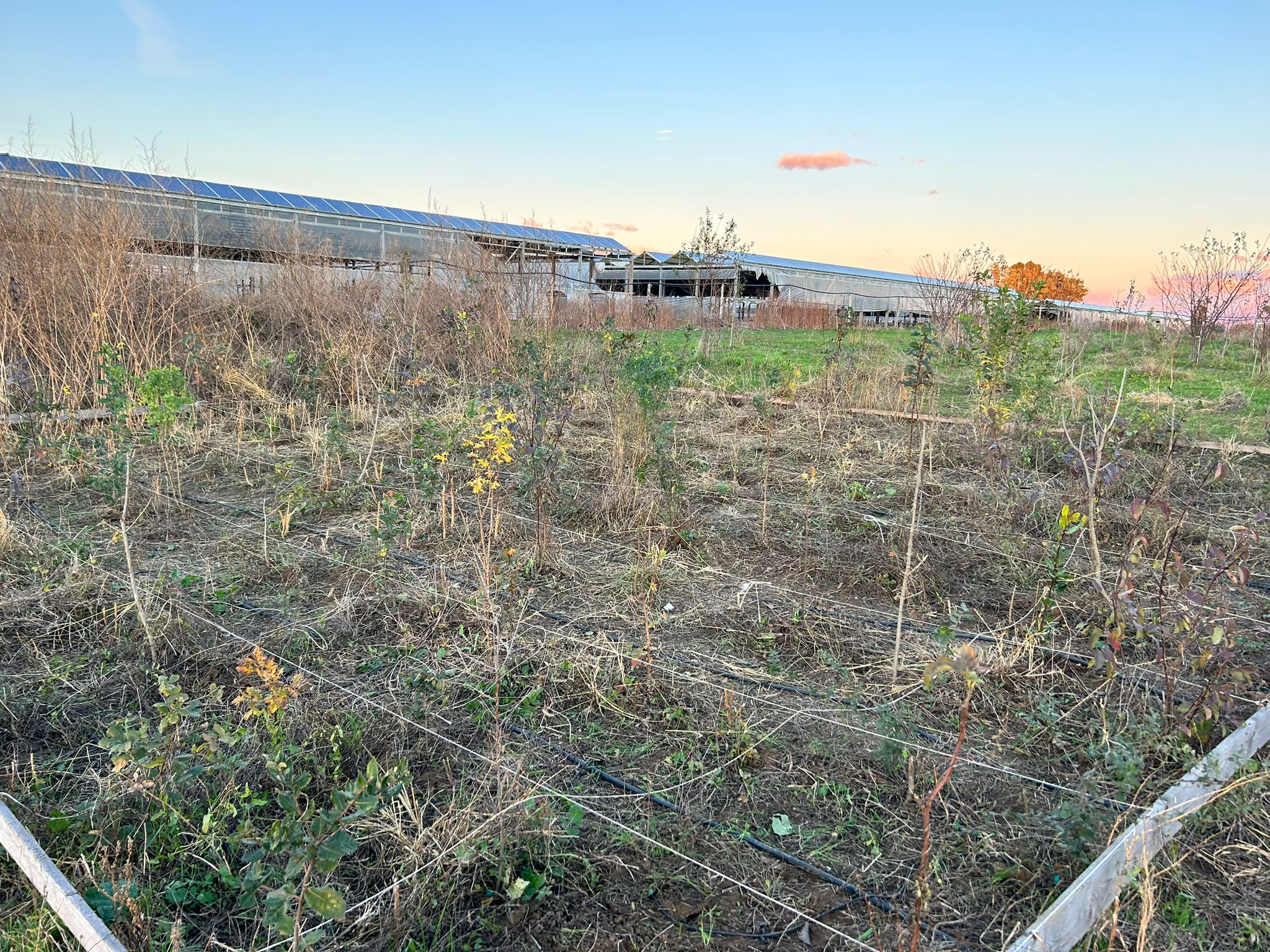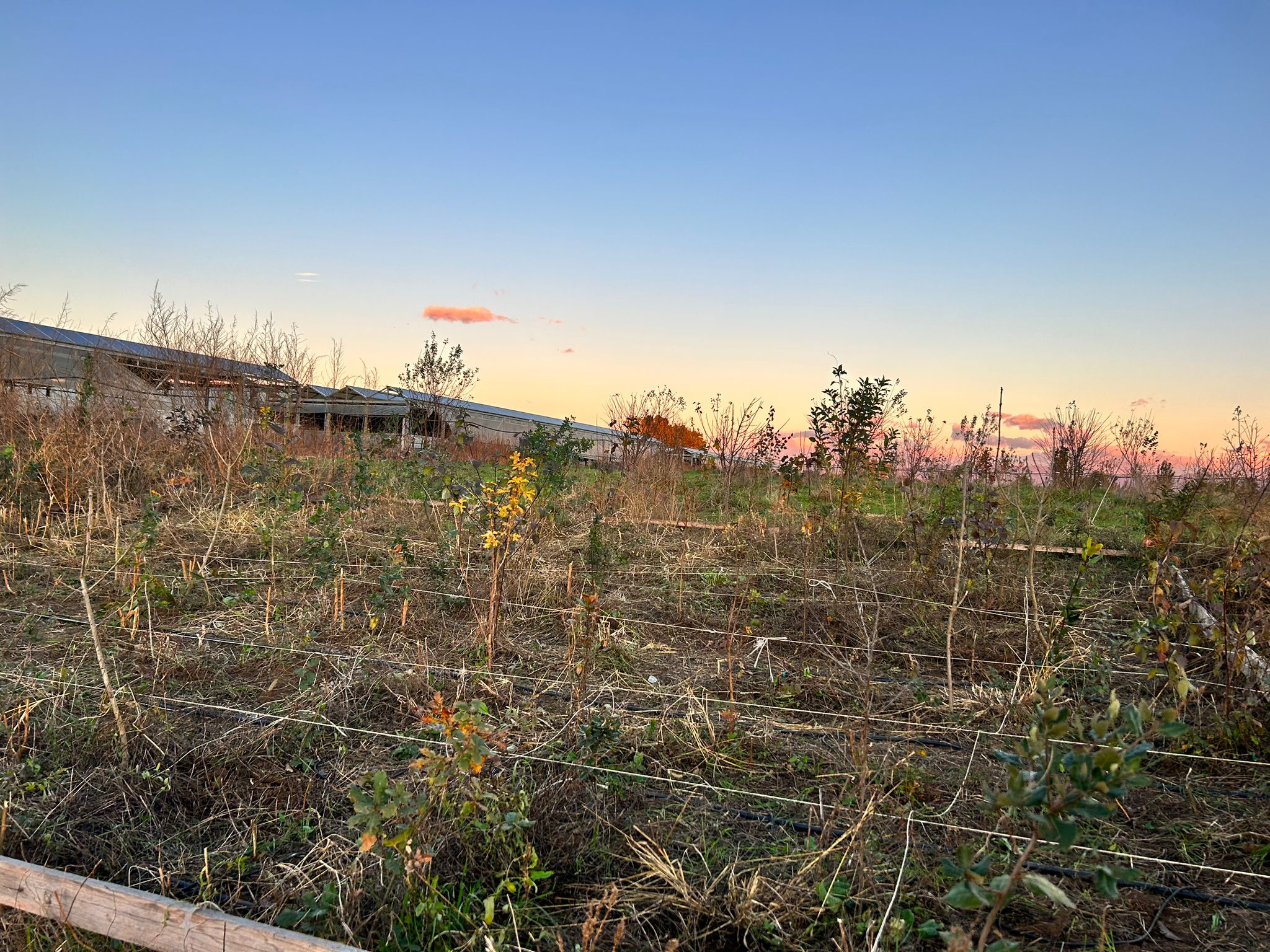
TINY FOREST®
Tiny Forest® is a pioneering initiative that applies the principles of the Miyawaki Method to create miniature, high-density urban forests. It is an innovative approach to ecological restoration and urban reforestation that emphasizes biodiversity, sustainability, and community engagement.
In collaboration with Società Botanica Italiana (implementing partner) and Terna SpA (funding partner), and with the recognition of the Dutch organization "IVN Natuureducatie," five Tiny Forests® have so far been implemented in urban and peri-urban lands managed by cooperatives and social farms in the cities of Rome (two installations), Lusciano (Caserta), Sarcedo (VI) and Lodi. These hosting partners are Nuova Arca Società Agricola (Rome), which develops labour inclusion projects for young mothers, refugees, young people in difficult conditions and people with disabilities; Fattoria Sociale Capodarco - Tenuta della Mistica (Rome), geared toward the reception, solidarity and labour integration of people with less severe disabilities and people at risk of social exclusion; and Fattoria Sociale Fuori di Zucca (Caserta), which, through the reuse of property confiscated from organized crime, promotes inclusion and decent work for people in psychological difficulty. They have been doing the same since 2008 at La Costa Social Farm, Sarcedo (Vicenza) through specific biodynamic and organic farming techniques combined with pathways for the involvement and training of fragile individuals. Finally, a last planting has been made at SanfereOrto, Lodi, where several nonprofit associations united in a single entity to promote social inclusion and environmental protection through biodiversity-conscious cultivation.
For the Botanic Garden of Rome (scientific partner), the initiative has a prominent experimental purpose, as it aims to gather direct scientific evidence on the ability of the Miyawaki Method to select and foster the development of plant communities that are better adapted to urban reference contexts. Through a planting and post-intervention monitoring scheme that ensures rigorous rooting and growth conditions, the experimental design plans to gather answers on one of the main mechanisms of species selection in the open field: inter-species competition among plants.
The goal is to understand the behaviour of species and the ecological processes that govern the selection and adaptation of the most suitable species assemblages in order to provide more fitting insights into the needs posed by urbanization, climate change, deforestation, and biodiversity loss in our cities.
Key Benefits of Tiny Forest®
Tiny Forest® is a pragmatic, community-based application of the Miyawaki Method that demonstrates how even the smallest urban spaces can become thriving ecosystems. This innovative approach not only addresses environmental challenges but also promotes a sense of environmental responsibility and stewardship within local communities. Below is a brief list of the main features of this type of forest planting.
Small-scale reforestation
Tiny Forests® are intentionally designed to fit into compact urban spaces, often no larger than a tennis court. Despite their modest size, these forests have a profound impact on local ecosystems, providing a refuge for biodiversity in the midst of urban landscapes.
Imitating natural forests
Inspired by the Miyawaki Method, Tiny Forests® emulate the structure and composition of natural forests. A diverse mix of native plant species has been carefully selected to create a multi-layered canopy, promoting a self-sustaining and resilient ecosystem. The high plant density promotes rapid growth and encourages the creation of a thriving urban forest very quickly (about 20-30 years) compared to the purely natural timelines (150-200 years).
Biodiversity hotspots
Despite their small size, Tiny Forests® can quickly become biodiversity hotspots. Within a few years, the high diversity of plant species can attract and support a multitude of insects, birds and other wildlife, contributing to urban biodiversity. This micro-scale approach has a ripple effect, improving the overall ecological health of the surrounding area.
Community involvement
An integral aspect of the Tiny Forest® concept is community involvement. Residents, schools, and local organizations actively participate in the planning, planting, and maintenance of these miniature ecosystems. This participatory approach promotes a sense of ownership and educates the community on the importance of sustainable living and environmental conservation.
Educational opportunities
Tiny Forests® serve as open-air laboratories. They provide educational opportunities for schools and local communities to learn about the importance of native flora, the role of forests in carbon sequestration, and the broader ecological benefits of urban green spaces.
Improved air and water quality
By absorbing pollutants and releasing oxygen, Tiny Forests® help improve air quality in urban environments. They also play a role in water retention and soil conservation, mitigating the impact of urban runoff and improving overall ecosystem resilience.
Climate Resilience
Tiny Forests® contribute to climate resilience by sequestering carbon and providing cooling effects. The microclimate created within these forests helps mitigate the urban heat island effect, making them a valuable asset in the face of climate change.
Low implementation cost
The Tiny Forests® method offers an economical and highly efficient approach to achieving multiple environmental and economic benefits. Plants, usually very young (maximum 1 or 2 years of age) are planted very close to each other (up to 3 plants per square meter), resulting in planting with a high variety of native woody species (up to 20 different species) in a relatively small area (e.g., 200 m2). The economic advantages of this method stem from its ability to provide a range of different services to environmental sustainability and human well-being at a lower cost than traditional reforestation projects.
Key features of Tiny Forests®
The Miyawaki Method is a specific reforestation technique named after Japanese botanist Akira Miyawaki, designed to accelerate the growth of native forests in urban and degraded environments. The process involves careful selection of native plant species suited to the local climate and soil conditions. These species are then planted in a dense, multilayered formation, mimicking the structure of a natural forest.
These species are then planted in a dense, multilayered formation, mimicking the structure of a natural forest.
Key principles of the Miyawaki Method include:
1. Species diversity: A wide variety of native plant species are chosen to recreate the complexity and resilience of natural ecosystems.
2. High-density planting: Plants are densely distributed to encourage competition, rapid growth and the development of a self-sustaining ecosystem.
3. No soil fertilizer: The method avoids the use of chemical fertilizers, relying on natural ecosystem processes to enrich the soil.
4. No maintenance after planting: Once established, the Miyawaki forest requires minimal human intervention, as it is designed to mimic the self-sustaining nature of natural forests.
YouTube video https://youtu.be/SmsTZWoa9qo?si=xHUeSdRHdV2WhXlZ
For more information on the experimental design and planting characteristics, please contact Dr. Vito Emanuele Cambria, vitoemanuele.cambria@uniroma1.it




